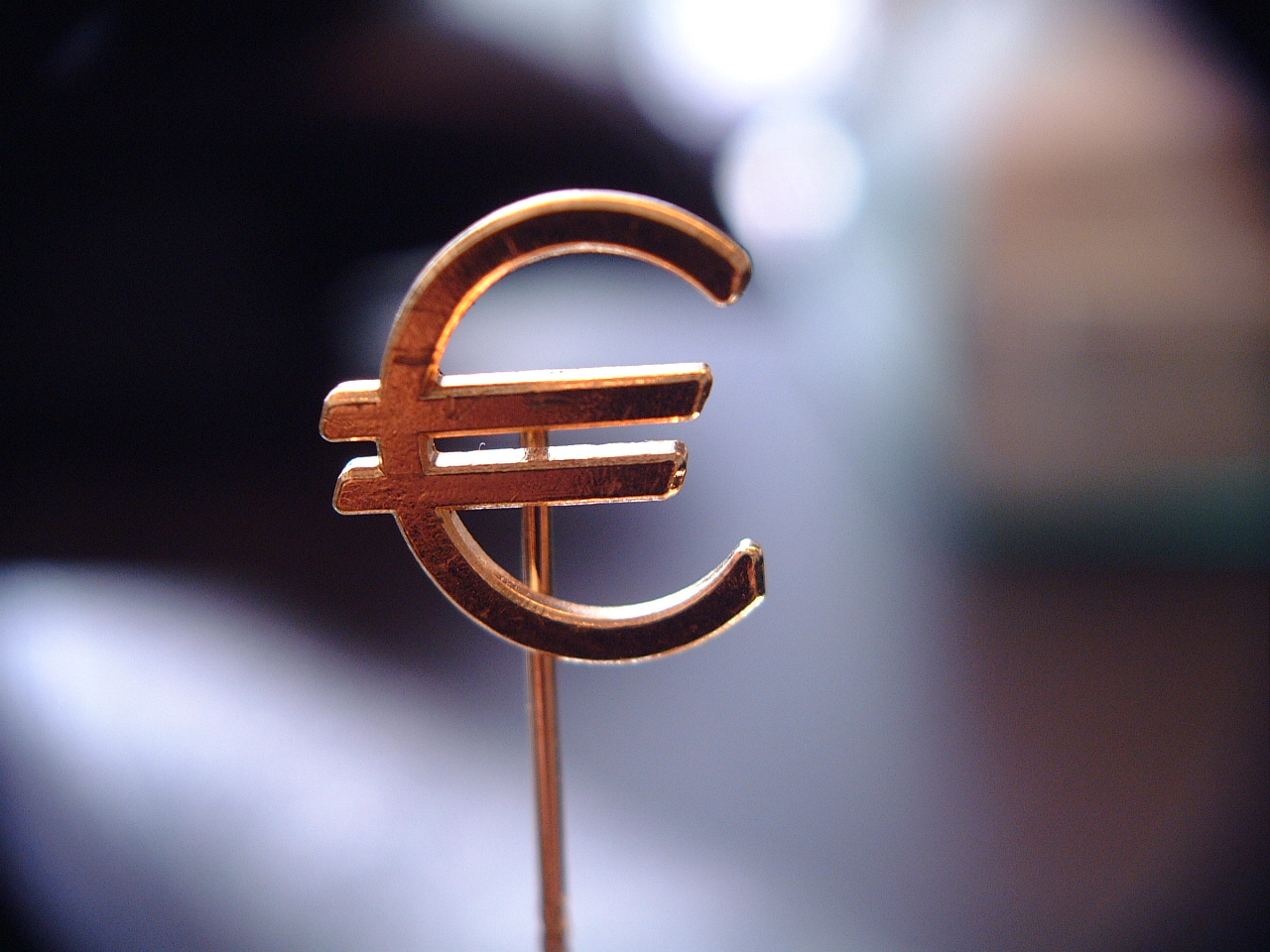NN IP: Maintaining dividend sustainability in a recovering world
NN IP: Maintaining dividend sustainability in a recovering world

Company dividends have now largely recovered from the ravages of the pandemic, with payouts across European companies likely to return to pre-pandemic levels by mid-2022.
However, the strongest recovery in dividends has been seen among more challenging sectors from an environmental point of view. Mining companies for example have declared bumper payouts on the back of rising commodity prices, and oil and gas companies have been able to raise dividends as energy prices have recovered.
Against this backdrop, investors need to find a path to ensure that their equity income strategy isn’t incompatible with an increasing focus on ESG criteria, while retaining sufficient sector diversity for prudent portfolio management.
For NN Investment Partners (NN IP), there are three key ways to ensure long-term dividend sustainability:
[1] Engage rather than exclude
NN IP’s preferred approach is to engage with companies to bring about change, rather than exclude. Nicolas Simar, Senior Portfolio Manager, European High Dividend, says: 'We only get to where we want to be if we help companies to transition.'
Applying a blanket exclusion on specific sub-sectors doesn’t necessarily help. 'Particularly if those assets are then sold to investors with a lower sensitivity to ESG factors. It is much better to act as responsible shareholders and engage with companies to help them move in the right direction. As investors we also need to build a realistic appraisal of how the path to net zero impacts their cashflows and the potential effect on dividends.'
[2] Adjust financial metrics for specific ESG criteria
Mark Belsey, Senior Investment Analyst in the European Equity team: 'We look at the ESG risks and opportunities for individual companies and incorporate them into our valuation analysis. There are elements that can be readily quantified. For these, we can adjust our financial forecasts and our discounted cash flow estimates. For harder to quantify factors, we integrate qualitative analysis into our investment case. We can then apply discounts or premiums to costs of capital, or valuation multiples, relative to their peer group.'
This evaluation can also run alongside engagement efforts. If an engagement works, the discount applied to a poorly performing company may be removed. If it does not, the discount would continue to be applied.
[3] Quantify the cost of achieving net zero
Robert Davis, Senior Portfolio Manager in the European Equity Team continues: 'Our analysts take a view of the operational and capital expense needed to bring companies towards a net zero target. Once we have built that into the forecasts, we may have a quite different projection of cash flows for that company than market consensus. This is important for dividend payouts: a company that needs to invest hundreds of millions of pounds in a carbon neutral project may see impairments to its cash flows.'
However, in the longer term, this investment may improve a company’s financial position. It may see an attractive return on its investment because it no longer has to pay for carbon credits, or they can charge a premium for their product because it is sustainably produced.
Conclusion
For the dividend investor, Continental Europe has a broad selection of income-generative companies across multiple sectors. It has notably less concentration in cyclical sectors than, for example, the UK market. However, it can still be difficult to find companies with a high and growing income that score well on ESG criteria.
With the right process in place, these are compatible goals: by picking the right names in each sector, it is possible to build an outperforming portfolio that generates income but also achieves a lower carbon intensity than the benchmark.









